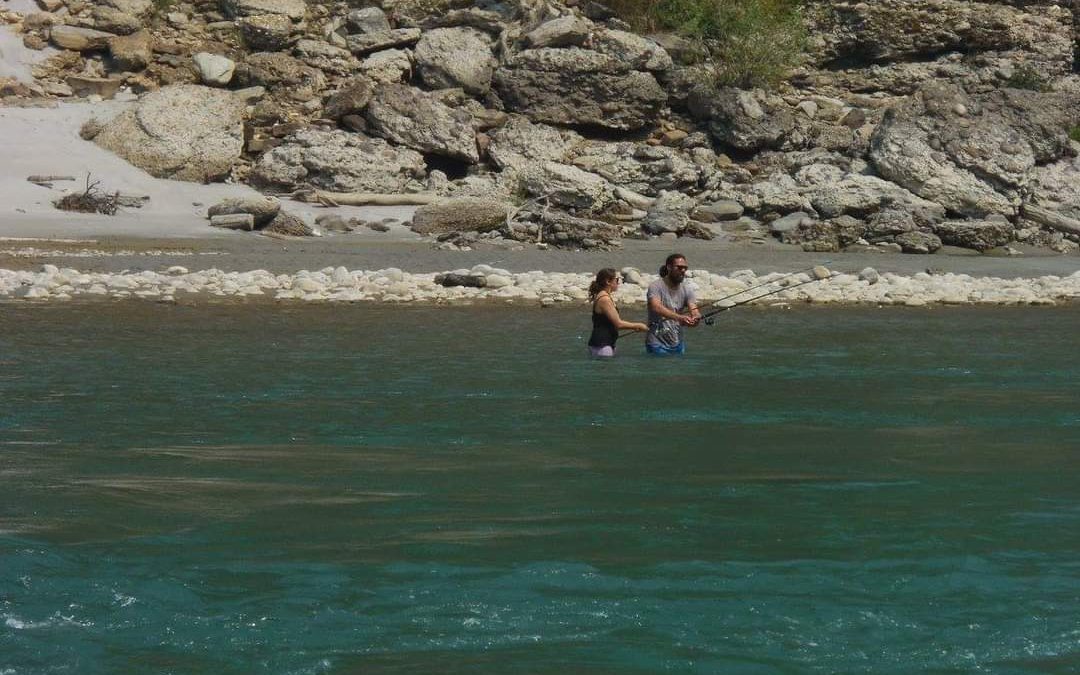To put it simply, it is the process of putting the hook into a fish that is biting. How difficult can it be, you may be asking. Fish take the bait; reel them in. How then can you be certain? Beginners’ fishing equipment might merely include a standard bobber. How do you tell the difference between a bite that actually penetrates the line and a nibble or bump?
WHEN TO SET A HOOK
When learning to fish, a good rule of thumb is to wait until you can feel the fish’s weight before setting it. It is better to wait if the fish is being cautious and isn’t biting your bait or fishing line. Allow the fish to consume the bait before setting the hook once you’ve detected its weight.
Use the right fishing hook setup for the best results.
HOW TO SET A HOOK IN SIMPLE STEPS
1. Look for common indications that a fish is biting, such as when your bobber is totally submerged, your fishing line feels strongly tugged, or your fishing line begins to move, to help you better understand how to set the hook.
2. Reel in the loose line and maintain a tight line with the bait or lure. This increases sensitivity, making it easier for you to detect fish bites and better position yourself to set the hook.
3. Setting the hook is a rather easy process. However, it can occasionally be challenging to distinguish between a bite and other sensations, like the current or a fish knocking into the bait.

